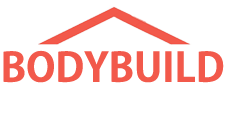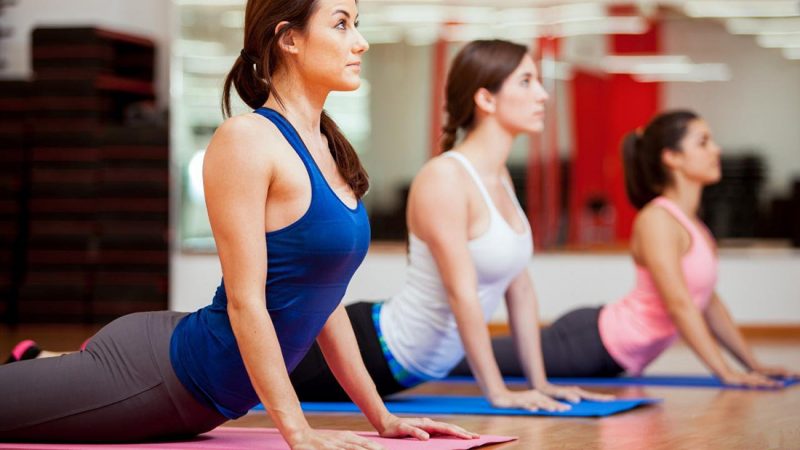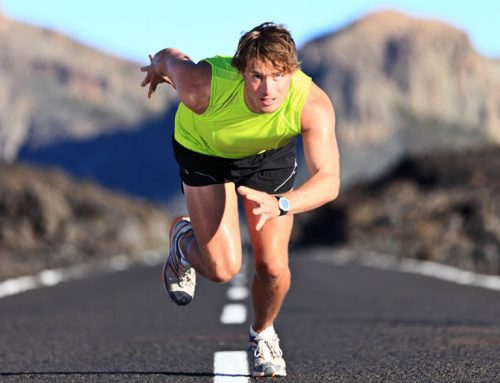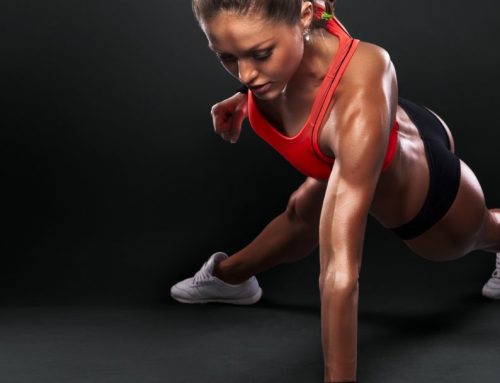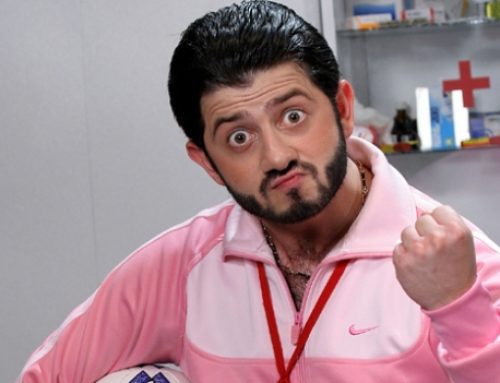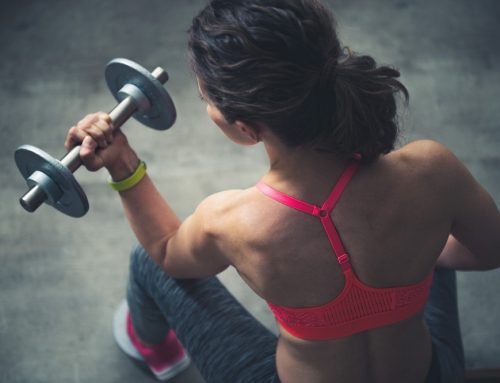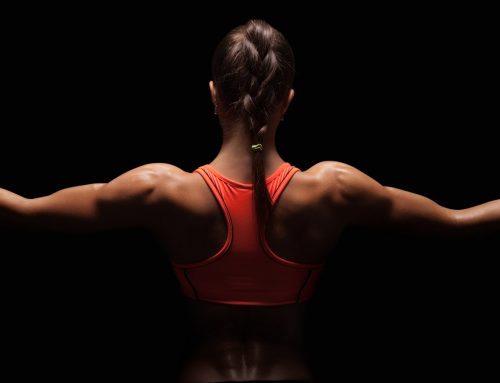This article contains information on why posture is so important and how it can affect your future development if my advice is ignored.
I’ve seen a lot of training in many gyms for new beginners.
It’s very common to see how training is conducted in a lot of gyms by newly arrived aspiring athletes. And the most “fun” of what I noticed is that almost none of the coaches do not take into account the posture of the ward, on the basis of which the future training program should be built.
Why is posture so important? Before you train, you should run at least a couple of tests to calculate the muscle imbalances that even the healthiest athletes have. The first test in my selection is a test to check the balance of the abs and long extensor muscles of the spine (lumbar).
The first test in my selection is a test to check the balance of the abs and long extensor muscles of the spine (lumbar).
The human spine has 2 kyphosis (backward curves of the spine) – thoracic and coccygeal, and 2 lordosis (forward curves of the spine) – cervical and lumbar. Every person has a tendency to have an increased lumbar lordosis or insufficient lumbar lordosis. The cause of these pathologies can be either peculiarities of work or study or excess weight. The posture in which we sleep also affects it.
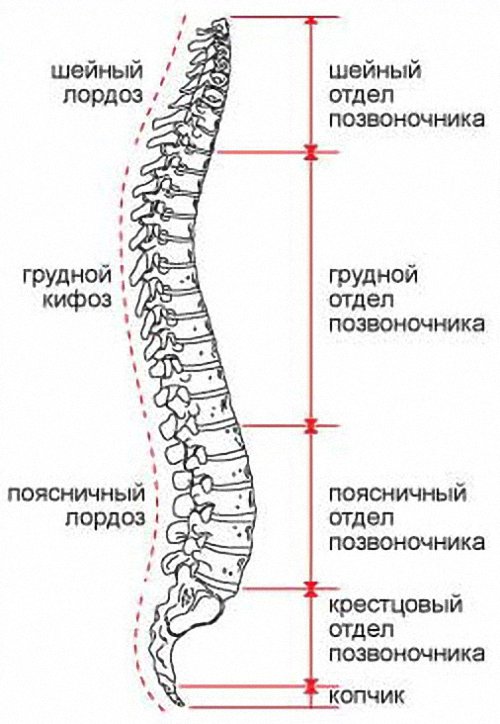
Test 1.
Take an upright position with your pelvis, shoulder blades and head touching the wall, your feet should be 15-20 cm from the wall. In this position, you should have your palm between your back and the wall.
If the palm of your hand passes freely and there is still room, then you have a strengthened lordosis. In case of strengthened lordosis you often notice lower back pain or just discomfort. The cause of the pain is overstretched long extensor muscles of the spine. The antagonist muscle group (abs), while weakened compared to the lumbar.
If your palm is stuck, then you have inadequate lumbar lordosis. This means that the lumbar muscles are weakened, and the muscles of the abs on the contrary. Often with this pathology, squatting as an exercise is impossible, because a person will not be able to squat with a straight back and round it, and the load from the projectile will take on the spine, not the back muscles. With this disadvantage there are also cases of lower back pain, but not because of hypertonus, but hypotonus (weakened muscles).
Test 2.
Stand straight, keep your lower back straight and perform a maximal bend with a flat back and straight legs. If you manage to bend parallel to the floor or lower, if you had a normal bend in the previous test, there is no abnormality. If you had a strengthened lordosis, the biceps femoris is weakened and the quadriceps is overstretched. If you could not perform an incline even up to parallel with a straight back – you have a short (overstretched) biceps femoris and a weakened quadriceps. The above imbalances increase the risk of knee injury as nutrient flow to the joint is compromised.
Test 3.
Put a dumbbell on the floor, stand with one foot in front of it, the other foot off the ground and perform 1 squat with the hand touching the dumbbell. Change the leg and repeat. If your knee rushes inwards during the exercise – you have overstretched muscles of the inner surface of the thigh, and the muscles withdrawing the thigh (small and middle gluteal muscles) are weakened. As practice shows, there are very few people with overstretched thigh muscles.
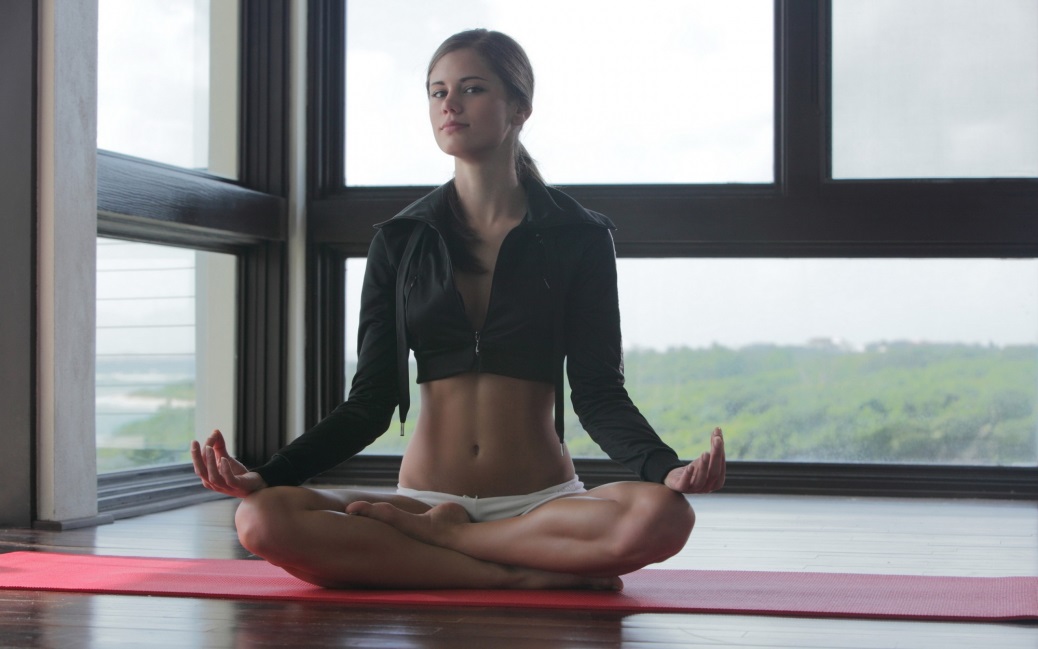
Test 4.
Grab a ruler in both hands. If there are no rulers, pens can perform the same function. Stand up straight, relax, stand in a familiar and comfortable position. Now pay attention to the handles/rulers. If the inward rotation of the rulers/handles is approximately more than 5*, you have a slouch. This means that your pectoral muscles are overstretched and your upper back muscles (trapezius, rhomboids, broad muscles, large round muscles, shoulder rotator cuffs) are weakened. If one ruler is rotated more than the other, you have scoliosis.
Scoliosis is a curvature of the spine in the frontal plane causing one shoulder to be higher than the other. The most common causes of scoliosis are either peculiarities of work, study (for example, a programmer puts one hand on the mouse, while slightly raising the opposite shoulder) or previous injuries. The same reason can be not correct habits of posture in everyday life (for example, a girl carries a purse only on the right shoulder, and to keep it instinctively raises it, eventually earning scoliosis). With scoliosis, the broadest muscles of the raised side will be weakened, and the top of the trapezius will be overstretched. The opposite is true on the lowered shoulder.
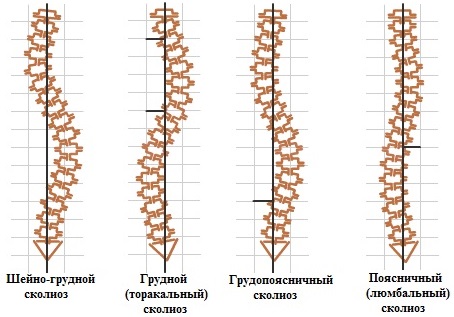
To prevent and correct scoliosis, you can use certain complexes that will strengthen your weakened muscles. As a rule, use them as warm-up exercises.
What consequences can lead to neglect of posture, what exercises and in what features of posture is not recommended to perform, as well as what exercises to correct posture – read in the following article. For a complex on the prevention and correction of scoliosis, see in my video.
